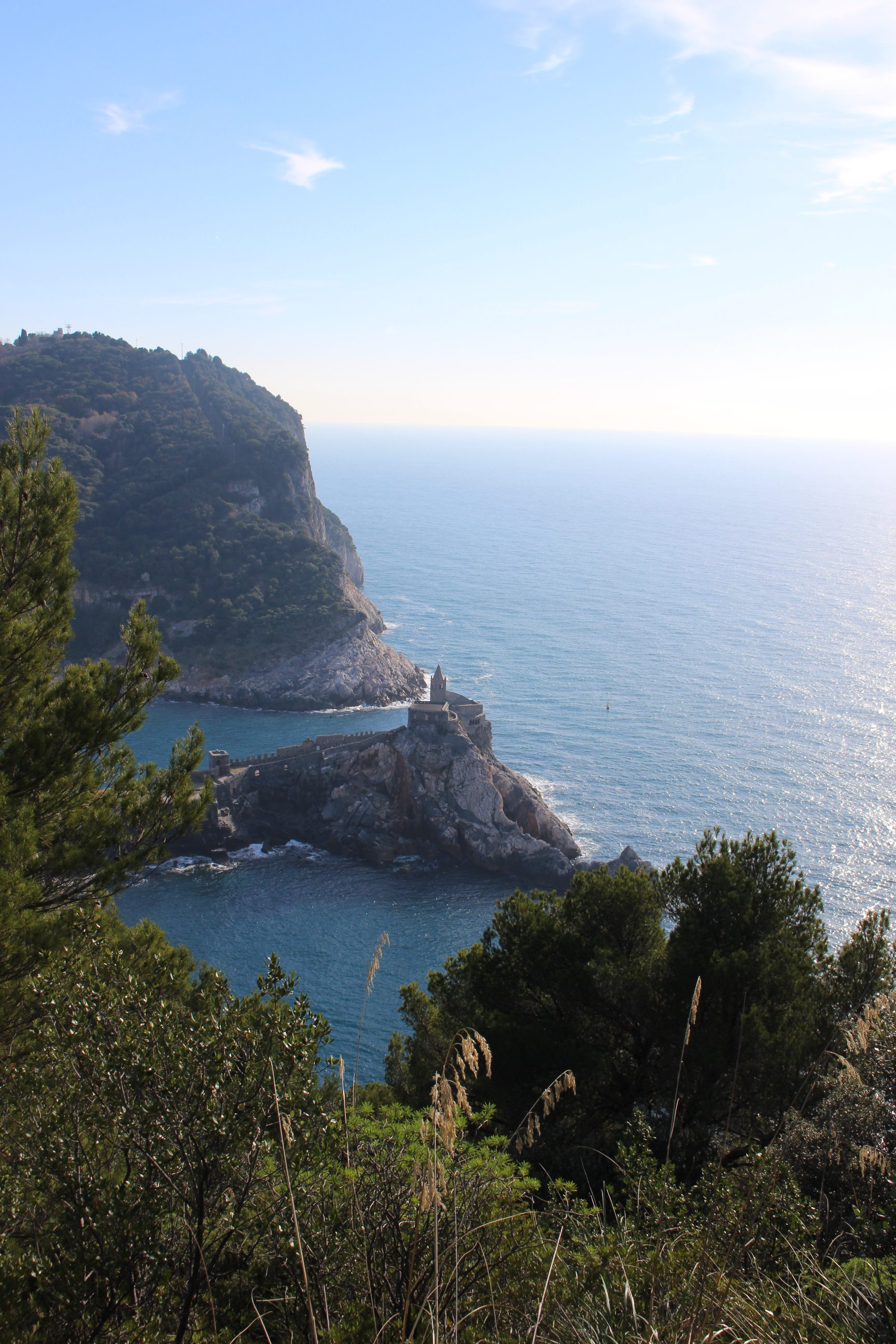The Cinque Terre is a UNESCO World Heritage site, and if you didn’t know that, then you’ve never been here before, because the fact is bandied about like so many ears of corn at a State Fair.
A bit of history: when the League of Nations folded up shop after its triple play in Manchuria, Abyssinia, and the Rhineland, so went its cultural commission, which in typically pre-war terms was vouchsafed to promote the heritage of all member nations so long as they weren’t shooting at one another.
Then when the Allies came out victorious in WWII and instituted a much more favorable and manageable supranational organization, the UN, the cultural commission came back, this time under the name of UNESCO.
Certainly the only action performed by UNESCO since those heady post-Atlantic Charter days that anyone pays attention to is the naming of World Heritage Sites, primarily because it means a big banner you can stick on your tourist site and therefore hope for greater tourist numbers.
And so the Cinque Terre got its World Heritage designation in 1997. Truth be told, the designation is not only for the Cinque Terre, but includes the town of Portovenere (gorgeous, stupendous, wonderful) and the three islands of Palmaria, Tino, and Tinetto (a sailor’s paradise).
And while the towns of the Cinque Terre have been very happy to exploit the World Heritage designation, unfortunately they have been less quick to implement the recommendations of the UNESCO review board from last year saying that there is urgent need to revitalize the wine-growing industry, along with agriculture in general, in order to keep the towns alive and viable. Tourism can’t do it all, and tellingly, the report blames lack of agricultural policies more than the devastating floods for the decline in the landscape over past years.



